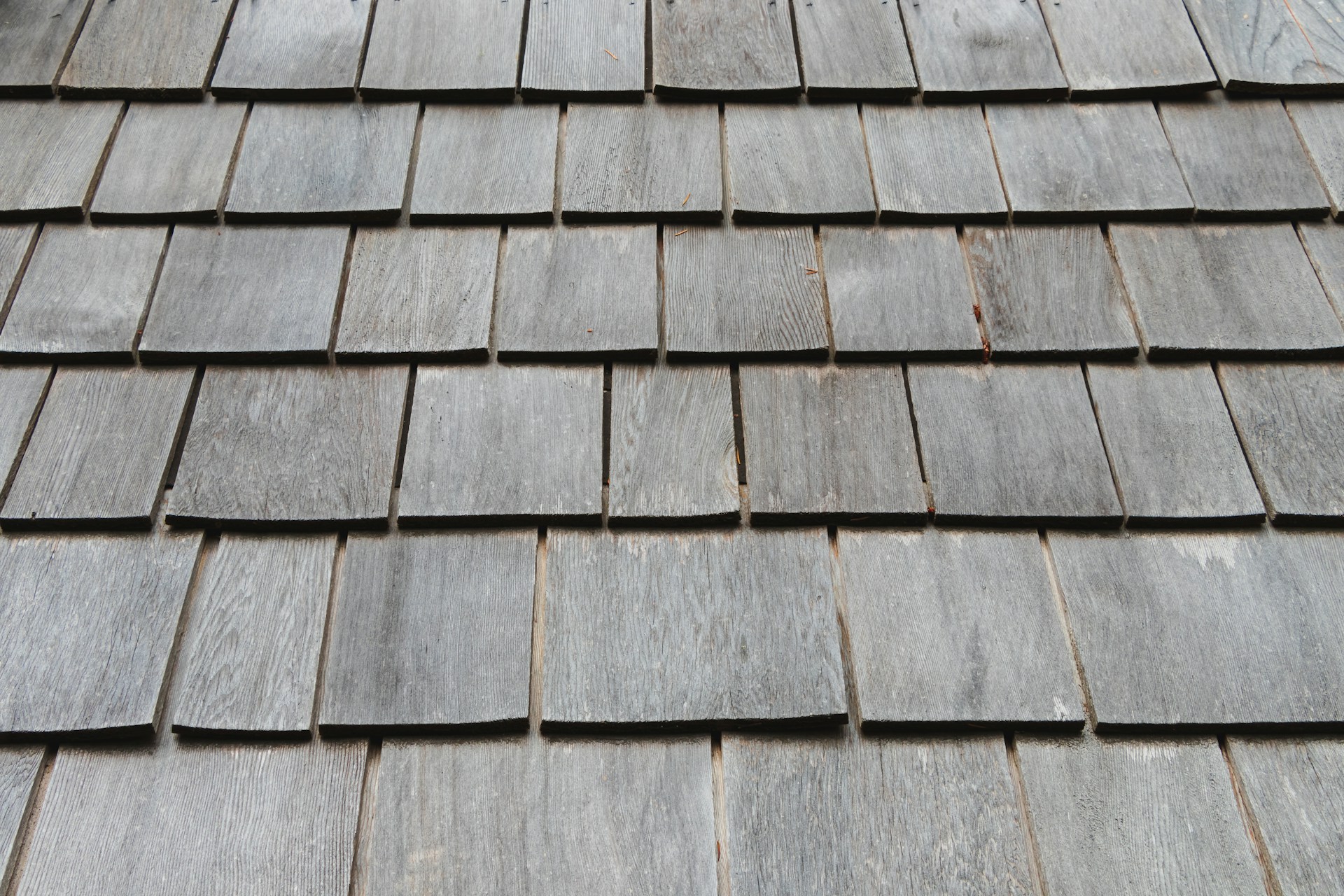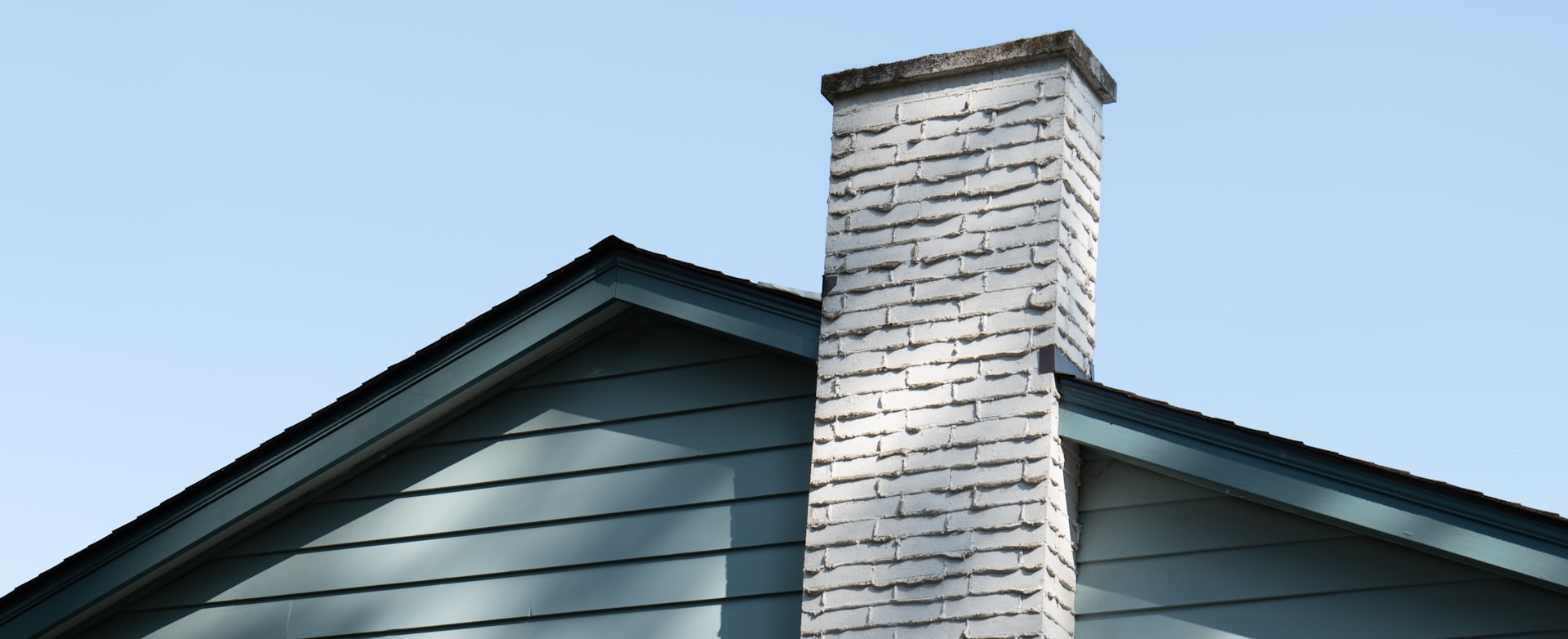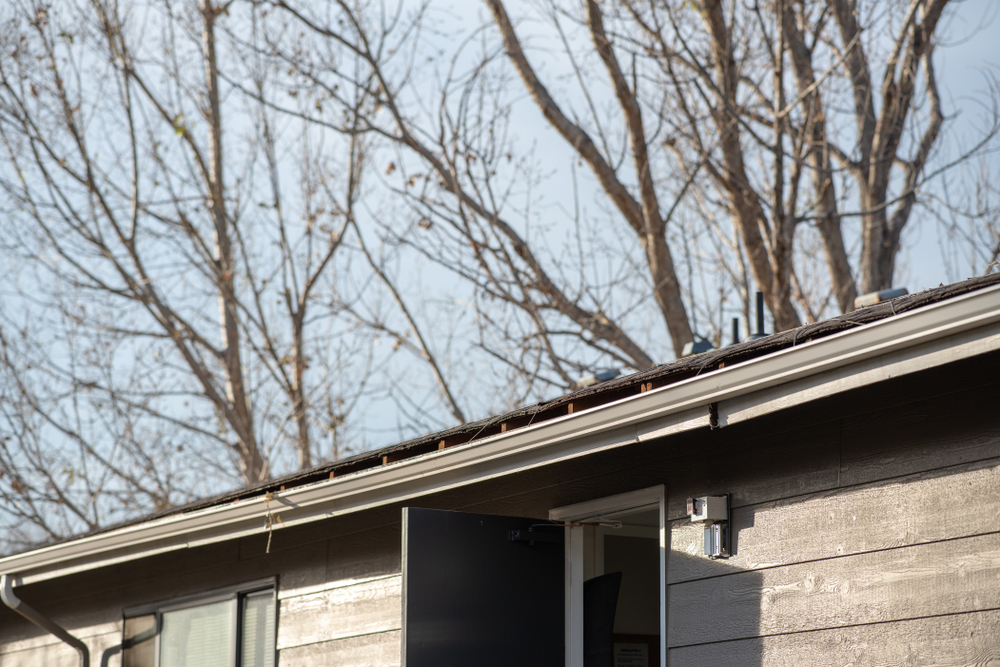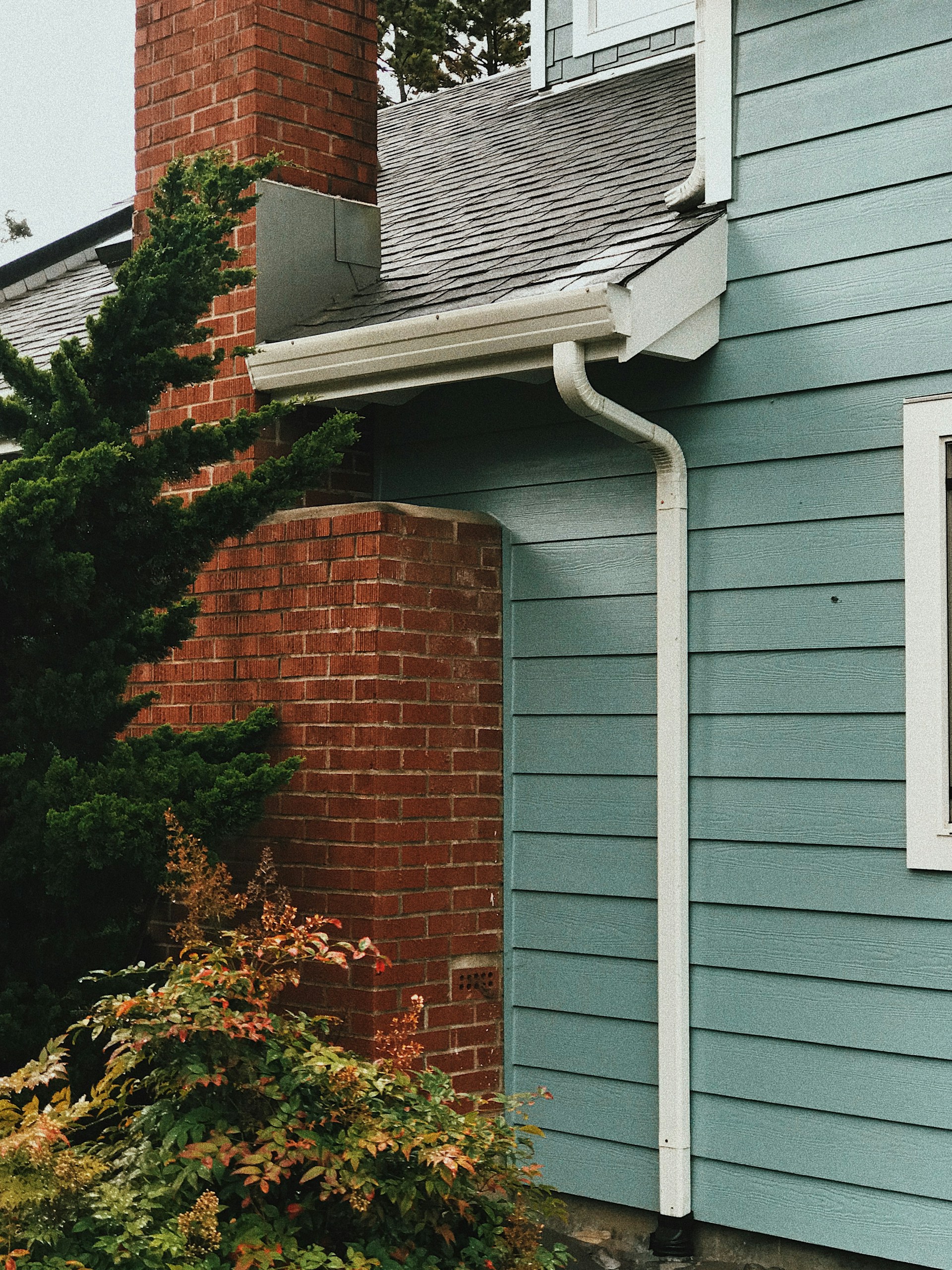Spring is a season of renewal, and as the warmer weather approaches, it’s the perfect time to turn our attention to an essential but often overlooked aspect of homeownership – the roof. Your roof faces its fair share of challenges during the harsh winter months. From heavy snowfall to freezing temperatures, these weather conditions can take a toll on the integrity of your roofing system. Ensuring your roof is ready for the spring is a crucial step in maintaining the overall health and longevity of your home.
Winter’s wrath can leave behind a trail of potential issues, making it imperative to proactively address any damage or wear. There are some essential steps to prepare your roof for the upcoming season, focusing on key aspects such as roofing, roofing contractors, and roof repair. Throughout this guide, we’ll cover everything to equip you with the knowledge needed to ensure your roof stands strong against the Spring elements, setting the stage for a season of worry-free living. Let’s cover the first and most important step, the visual inspection.
Step 1: Visual Inspection
The first step in ensuring your roofing system is ready for the spring is a thorough visual inspection. This allows homeowners to identify potential issues early on and address them before they escalate into more significant problems.
Examine Shingles
Start by visually inspecting the condition of your roofing shingles. Look for any signs of damage, such as missing or cracked shingles. Pay special attention to areas where shingles may have lifted or curled, as these can be indications of potential leaks.


Check Flashing and Seals
Move on to inspecting the flashing around chimneys, vents, and other protrusions on your roof. Damaged or loose flashing can compromise the integrity of your roof, leading to leaks and water damage. Ensure that all seals are intact, preventing water infiltration.
Look for Sagging
While conducting your visual inspection, be on the lookout for any sagging areas on your roof. Sagging can be a sign of underlying structural issues that may require immediate attention from experienced roofing contractors.


Inspect Gutters and Downspouts
Your roof and gutters work hand in hand to protect your home. Check gutters and downspouts for debris buildup, as clogs can lead to water overflow and potential damage. Gutters may also contain granules that have eroded have shingles. This is a sign that your shingles may need to be replaced. Clearing gutters is a crucial aspect of maintaining a healthy roof.
The need for roof repair and replacement begins with early detection, and a visual inspection provides the foundation for identifying issues before they escalate. By incorporating this first step into your routine maintenance plan, you take a proactive stance in preserving the longevity and functionality of your roofing system. In the next step, we’ll explore the role of professional roofing contractors in ensuring a comprehensive inspection and addressing hidden concerns.
Step 2: Schedule an Inspection from a Licensed Roofing Company
While a visual inspection is an excellent starting point, there’s no substitute for the expertise of professional roofing contractors when it comes to ensuring the longevity and resilience of your roofing system. Scheduling a professional roof inspection offers the following benefits:
Comprehensive Assessment
Roofing contractors possess the knowledge and experience to conduct a comprehensive assessment of your roof. They can identify potential issues that may go unnoticed during a routine visual inspection, ensuring that every aspect of your roof is scrutinized.
Hidden Concerns
Not all roof issues are visible to the untrained eye. Professional roof inspectors can uncover hidden concerns, such as underlying water damage, compromised structural integrity, or deteriorated materials. Addressing these hidden issues promptly is crucial to preventing further damage and costly roof repairs.
Timely Repairs
Upon identifying any issues, a roofing contractor can provide immediate solutions. Timely roof repair is essential in preventing minor problems from escalating into major structural issues that can compromise the safety and integrity of your home.
Quality Workmanship
Utilizing roofing repairsmen ensures that the repairs are carried out with precision and quality workmanship. This not only guarantees the effectiveness of the repairs but also contributes to the long-term durability of your roof.
Peace of Mind
Knowing that your roof has undergone a professional inspection provides peace of mind for homeowners. This proactive approach allows you to enjoy the upcoming spring season without the looming worry of potential roofing issues.
By incorporating professional expertise into your roof maintenance routine, you are taking a proactive stance in preserving the health and longevity of your roofing system. In the next step, we’ll look at the specifics of roof repair and maintenance based on the findings of your roof inspection.
Step 3: Roof Maintenance
With the insights gained from a professional roof inspection, it’s time to focus on the crucial step of roof repair and maintenance. This step ensures that identified issues are promptly addressed, safeguarding the structural integrity of your roofing system. Here’s a detailed guide on addressing common spring roofing problems:
Repairing Damaged or Missing Shingles
If your roof inspection revealed damaged or missing shingles, it’s essential to address these issues promptly. Replace any cracked or broken shingles and secure loose ones to prevent water infiltration and further damage.
Securing Loose Flashing and Seals
Damaged flashing and seals can compromise the watertight integrity of your roof. Professional roofing contractors can secure loose flashing and seals, preventing leaks and water damage. This step is critical in maintaining the effectiveness of your roofing system.
Clearing Debris from Gutters and Downspouts
Debris buildup in gutters and downspouts can lead to water overflow and potential damage to your roof. Regularly clear debris to ensure proper water drainage, reducing the risk of leaks and water-related issues.
Checking for Signs of Water Damage and Leaks
Address any signs of water damage or leaks identified during the roof inspection. Timely intervention is crucial in preventing further deterioration and potential structural issues. Professional roofing contractors can assess the extent of the damage and provide effective solutions.
Remember, the key to effective roof repair is addressing problems as soon as they are identified. Procrastination can lead to more extensive and costly issues down the line. By taking action, you not only protect your investment in your home but also contribute to the overall longevity of your roofing system.
In the next step, we’ll explore the proactive measures homeowners can take to prepare for future seasons, ensuring that their roof remains resilient and ready to face changing weather conditions.
Step 4: Prepare for Future Seasons
Ensuring the long-term health of your roof involves not only addressing current issues but also implementing proactive measures to prepare for future seasons. By following these tips, you can safeguard your roofing investment and minimize the risk of potential problems:
Regular Inspections
Stay ahead of winter weather by scheduling regular roof inspections before the season sets in. This proactive approach allows you to identify and address any issues that may have developed during the previous seasons, ensuring your roof is well-prepared for the challenges ahead.
Clean Gutters and Downspouts
As leaves and debris accumulate in the fall, it’s essential to clean your gutters and downspouts regularly. Clogged gutters can lead to water backup, ice dams, and potential damage to your roof. Clearing them ensures proper water drainage and reduces the risk of water-related issues.
Trim Overhanging Branches
Overhanging branches can pose a threat to your roof during storms. High winds can cause branches to break and damage the roofing material. Trim back any branches that could potentially come into contact with your roof, preventing unnecessary wear and tear.
By adopting these practices, you contribute to the long-term resilience of your roof, reducing the likelihood of extensive roof repairs and enhancing the overall lifespan of your roofing system. Remember that ongoing care is key to protecting your home and investment.
Find a Certified Local Roofer for Your Roofing Needs
Your home is your haven, and at Bartlett Roofing, we recognize the importance of maintaining a reliable and resilient shelter. Our professional roofing contractors are your allies in this journey, providing detailed inspections, prompt repairs, and guidance on long-term maintenance to ensure your roofing system remains in peak condition.







































































